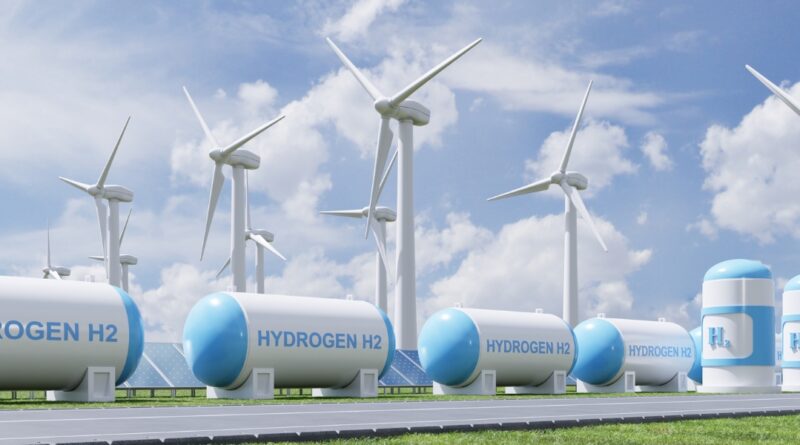Green hydrogen, heralded as the fuel of the future, is rapidly emerging as a game-changer in the quest for clean, sustainable energy solutions. Unlike conventional hydrogen derived from fossil fuels, green hydrogen is produced through the process of electrolysis, utilizing renewable energy sources such as solar, wind, or hydroelectric power to split water molecules into hydrogen and oxygen. This process emits zero greenhouse gases, making green hydrogen a truly carbon-neutral energy carrier with immense potential to revolutionize various sectors of the economy.
One of the key advantages of green hydrogen lies in its versatility. It can be used as a fuel for transportation, heating, and electricity generation, as well as a feedstock for industrial processes such as ammonia production and steelmaking. This versatility makes green hydrogen a viable alternative to traditional fossil fuels in sectors where electrification is not feasible or efficient. For example, in the transportation sector, hydrogen fuel cell vehicles offer zero-emission mobility with longer range and faster refueling times compared to battery electric vehicles, making them ideal for long-haul transport and heavy-duty applications.
Moreover, green hydrogen has the potential to address some of the most pressing challenges of the energy transition, including energy storage and grid stability. As renewable energy sources such as solar and wind are intermittent, storing excess energy in the form of hydrogen allows for greater flexibility and reliability in meeting energy demand. Hydrogen can be stored for long periods and easily transported over long distances, making it an ideal solution for balancing supply and demand in the electricity grid and ensuring energy security.
In addition to its environmental and economic benefits, green hydrogen has significant potential to drive job creation and economic growth. The development of a hydrogen economy requires investment in infrastructure, technology, and skilled labor, creating employment opportunities across the value chain, from renewable energy production to hydrogen distribution and utilization. Countries that embrace green hydrogen stand to gain a competitive edge in the global clean energy market, attracting investment, fostering innovation, and positioning themselves as leaders in the transition to a low-carbon future.
Despite its immense potential, the widespread adoption of green hydrogen faces several challenges, including high production costs, infrastructure limitations, and technological barriers. The electrolysis process, while clean and efficient, requires large amounts of electricity, which can be costly, especially in regions where renewable energy sources are not readily available. Additionally, building the necessary infrastructure for hydrogen production, storage, and distribution requires significant investment and coordination among various stakeholders.
However, recent advancements in technology and declining costs of renewable energy are driving down the cost of green hydrogen production, making it increasingly competitive with traditional fossil fuels. Governments and industries around the world are recognizing the potential of green hydrogen and are ramping up efforts to scale up production, invest in research and development, and create supportive policy frameworks to accelerate its adoption.
In conclusion, green hydrogen holds immense promise as a clean, versatile, and sustainable energy solution that can help countries meet their climate goals, drive economic development, and secure energy independence. By investing in green hydrogen infrastructure, fostering innovation, and collaborating across sectors and borders, countries can unlock the full potential of this transformative energy carrier and pave the way for a greener, more sustainable future for generations to come.








